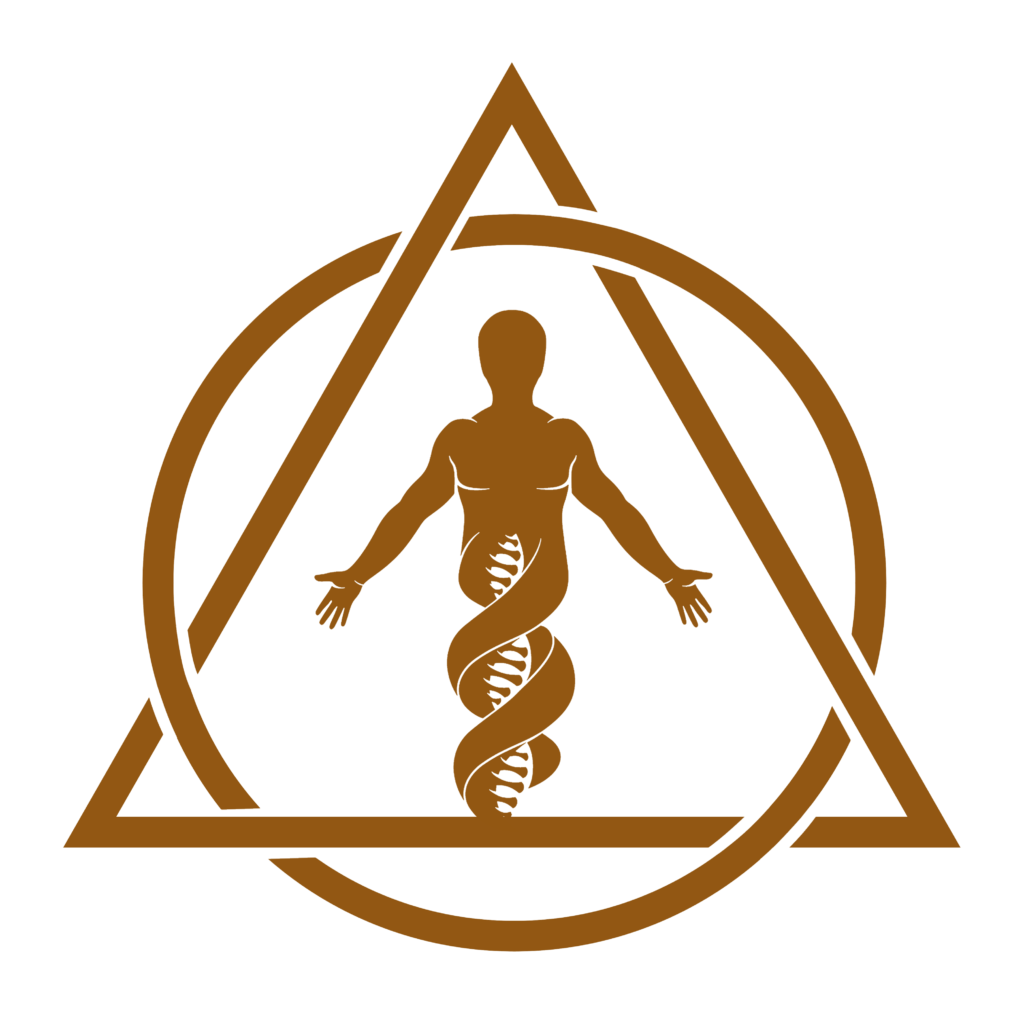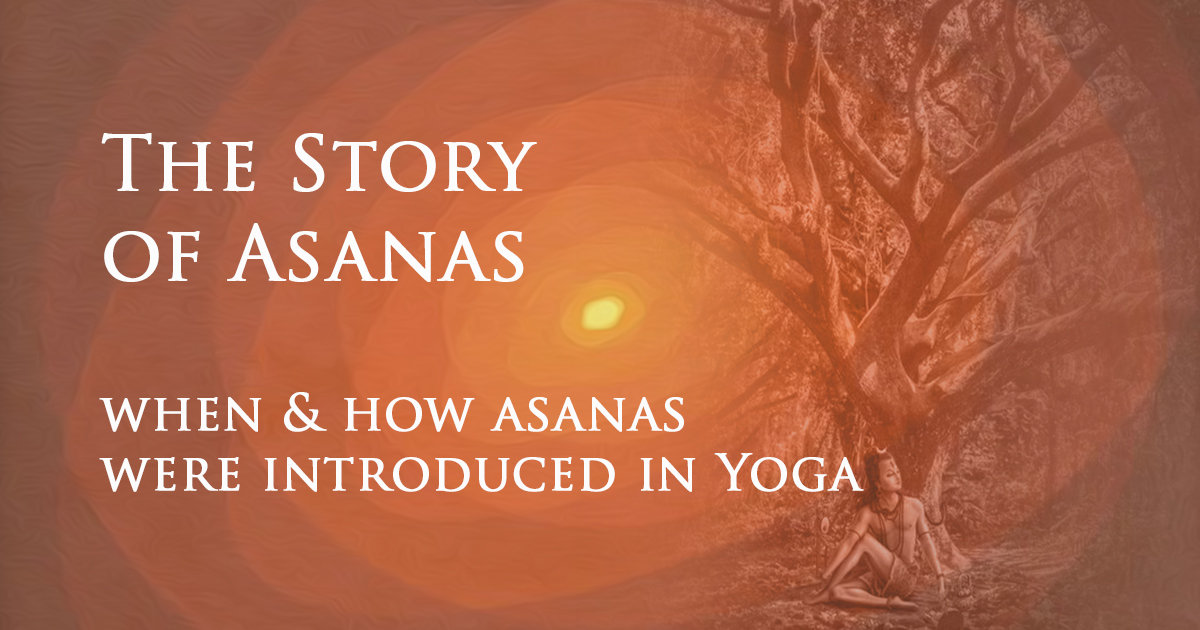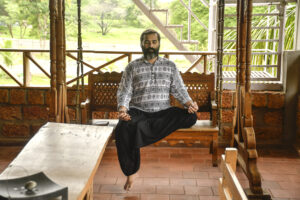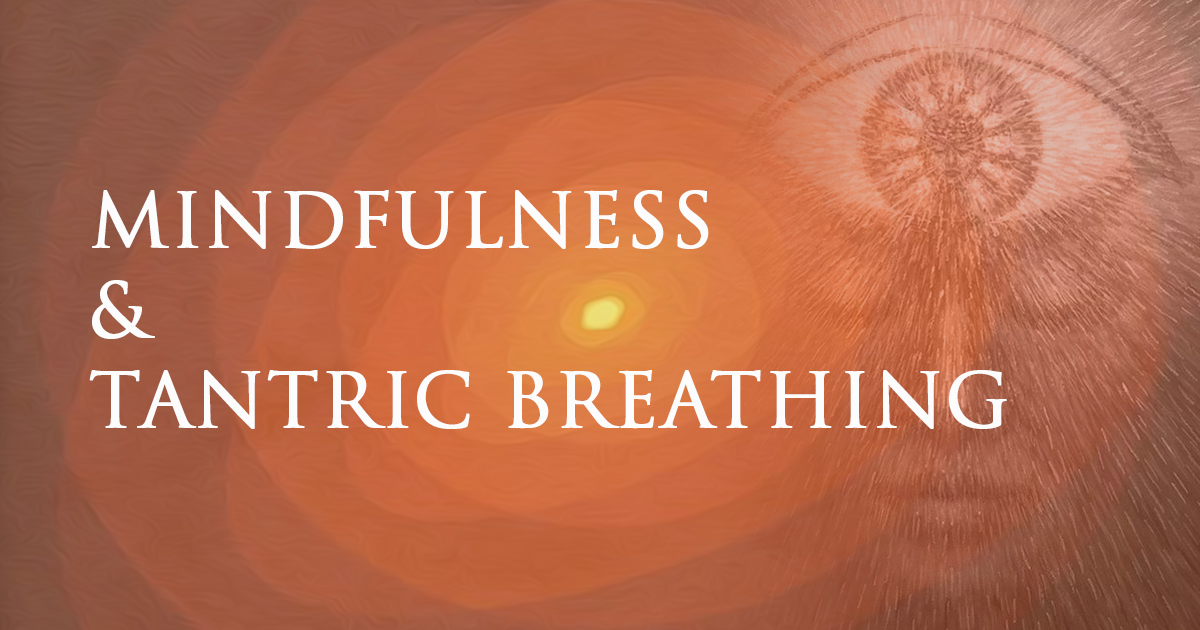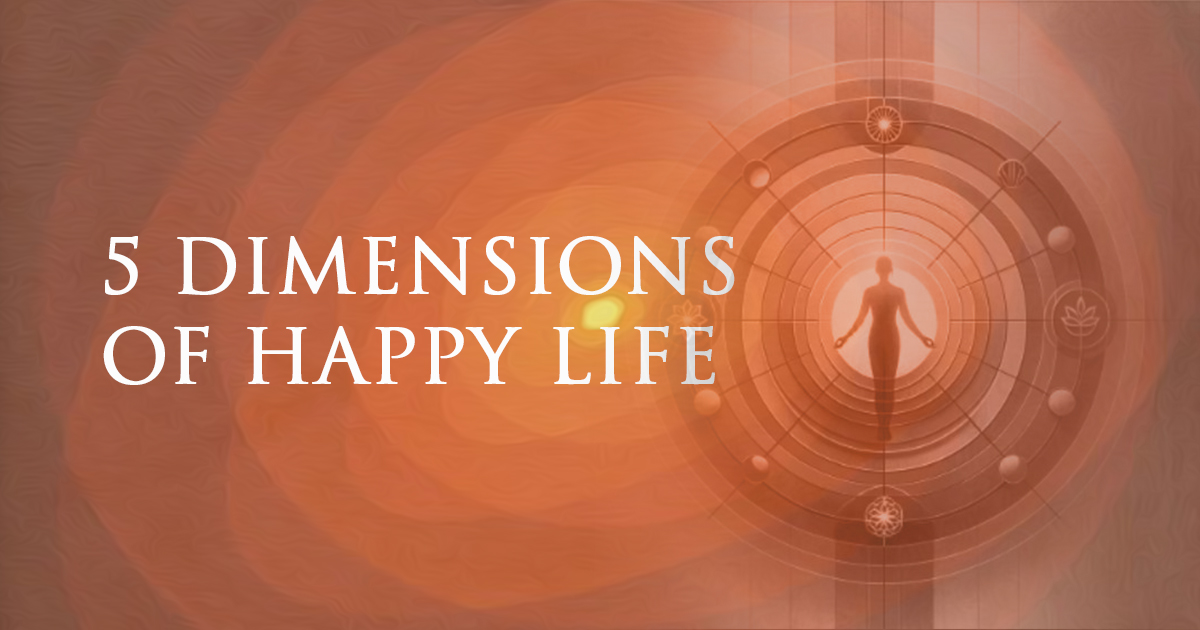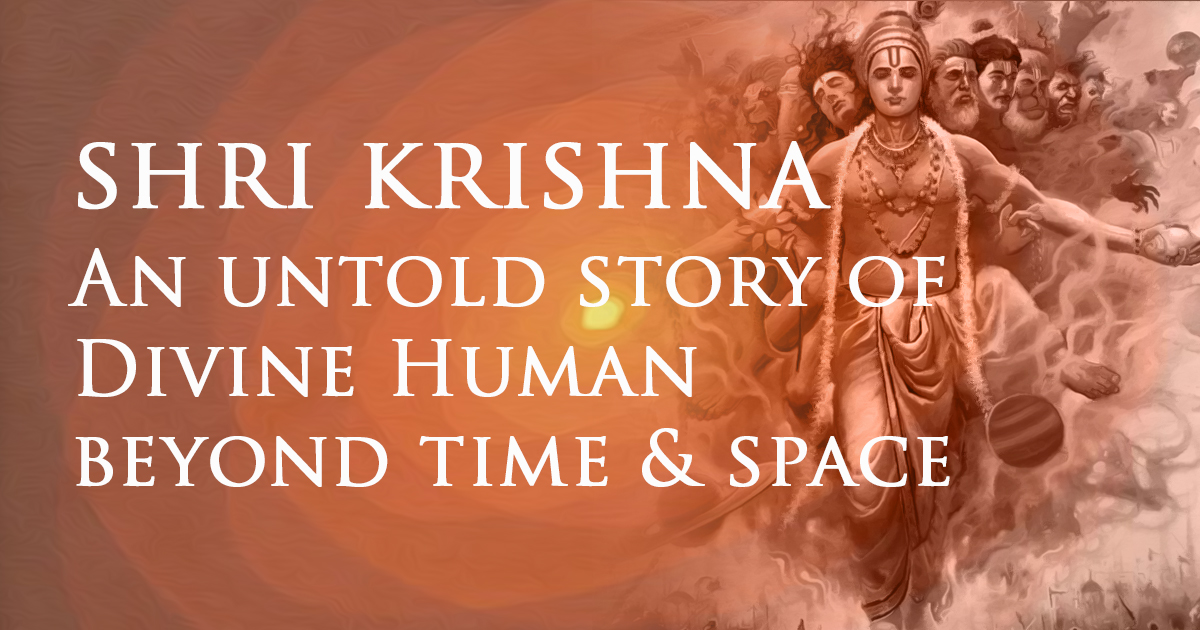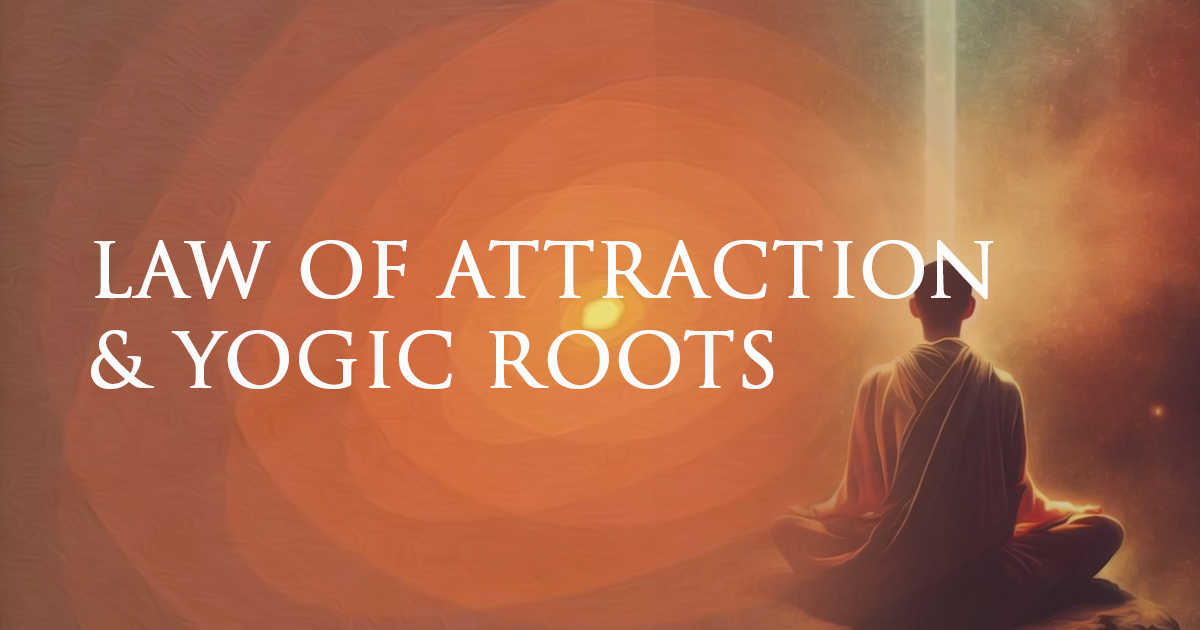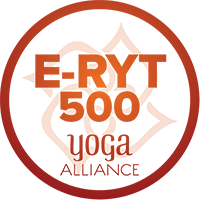Content of this Blog
The Origins
Asana as a sanskrit word refers to any posture that helps in retaining stability and comfort of the body, mind and breath.
The post classical period of Yoga is when it got extended to many different postures as mentioned in Hatha Yoga and other yogic methodologies.
Vimanacharnakalpa, of 10th-11th century is the first manuscript to describe a non seated asana (mayurasana) that depicts or mimics a peacock.
Hatha Yoga Pradipika of Swatmarama that was compiled during the 15th century mentions 84 asanas and Hatha Ratnavali of the 17th century too gives a list of different sets of 84 asanas.
Asanas have played a major role in keeping the Indian Culture alive through the periods of colonization. The sculptures in Ancient temples, arts, and printings in India stand as a testimony of this.
Modern Yoga established by the teachings of Yogis like T.Krishnamacharya, BKS Iyengar, Swami Kuvalayananda and others being the pioneers in paving the way for different styles of practicing asanas.
Their teaching and the asanas that they prescribed are ancient and medieval. With the growing number of creative teachers, many other modern styles of postures have originated and its authenticity to be labeled as asana remains a topic of discussion and debate.
The Suryanamaskar
Sun salutations is a vedic tradition and it was more mantric and ritualistic than yogic in the vedic period. In the yuddha kanda of Ramayana we can see “Aditya Hridayam” a salutation to the sun as a source of life and victory.
Sun salutation or Surya namaskar that we practice today in Hatha tradition came into existence in the 18th century and was sequenced by Raja of Aundh, Bhawanrao Srinivasa Rao Pant Pratinidhi. He was a yogic King. He gave a physical structure to the ancient practice of salutation to the source of Life- The Sun.
Pattabhi Jois in the 19th century, under the guidance of his guru Sri Krishnamacharya while prescribing the Ashtanga Vinyasa practice as a different style of practice, created a new sequence of sun salutations and labeled them as Sun salutations or Surya Namaskar A & B.
Light on Yoga of BKS Iyengar written during the 19th century has a list of around 200 asanas and 50 out of them are prescribed as important.
No. of Asanas in this Modern Era of Asana practice is shown as below

The Purpose
The Asanas in both classical and post classical period were for spiritual cause and preparing oneself for self transformation. With the influence of tantra, asanas were also prescribed to practice austerities and gain supernatural abilities called siddhis.
Of Late, the traditional practitioners from the west like Leslie Keminoff state that all asanas help in method to free up the spine, create space for prana to move and enhance life in each and every cell. While BKS Iyengar emphasizes that asanas can bring stability to body, mind and breath.
Asanas facilitate and prepare a yogi for spiritual and self transformation. He also was very particular in mentioning the asanas as just a tool to keep the vehicle of the soul (the body) intact.
The Benefits
Activates the systems in the body
Removes fatigue
Detoxification
Stability
Fitness
Relaxation
Flexibility
Balance
Healing
Are few of the benefits that can be listed out based on the research, testimonies and scriptural references.
The Call
Hence Asanas have proven to be the quality enhancer of life and you too can embrace the practice of asanas to elevate your health and well being. Yoga teacher training programs at SAMYUT YOGA are a good way to know asanas in detail and know how to practice them.
Explore more from our program section and you can also fix an appointment with Yogacharya Aravind Prasad to know more about your queries related to self-practice.
